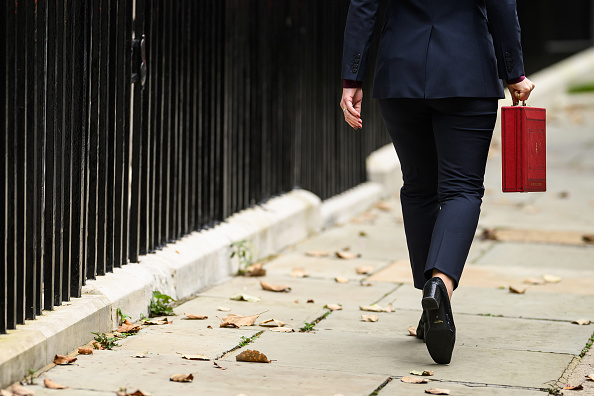 [ad_1]
[ad_1]
In September, The Chancellor told bosses that they could look forward to a stable tax landscape after years of the job being a hot seat, with a ‘ business tax road map’ ready to be delivered as part of the Autumn Budget.
Reeves is the sixth Chancellor in five years, and so small businesses will be hoping that this budget won’t be replaced by another chancellor in the near future.
The recent months of speculation and leaks related to the budget has meant that there were few real surprises as Reeves made her speech, with tax increases being the expected hot topic. Here’s the stand out points that you’ll need to know as a business.
National insurance increases
The headline policy here is that employers’ national insurance contributions are set to rise by 1.2 percent to 15 percent from April. The level at which employers will begin paying NI for each employee will also be lowered from £9,100 to £5000, raising £25 billion a year. This is over half of the £40 billion proposed tax increase.
This is combined with an increase in the minimum wage to £12.21 and will give many UK employers some difficult questions to answer in 2025. Corporation tax, however, has been capped at which was one of Labour’s key promises before the election and has been upheld.
It’s not all doom and gloom, however. Reeves also announced an Employment Allowance raise from £5,000 to £10,500, meaning that 865,000 employers won’t pay any National Insurance at all next year.
Director general of The British Chambers of Commerce Shevaun Haviland said that this was a mixed bag for businesses overall:
“This is a tough budget for business to swallow but the chancellor has looked to ease the pain by holding out a promise of better days ahead.
“While some protection for smaller firms is welcome, the increase in employer National Insurance Contributions will place a further cost burden on business.”
Business rates
The business tax road map brings good news and bad news for the RHL (retail, hospitality and leisure) sector. 2026-27 will see permanent cuts in tax rates for these industries.
However, the business rate relief for RHL is set to be cut from 2025-26. The current rate is set at 75 per cent but will be replaced in 2026 by a 40 per cent relief on bills, up to a maximum discount of £110,000. The small business tax multiplier will also be frozen from next year.
Alcohol Duty will go up for drinks not on draft in line with the retail price index (RPI). Draft beverages duty will cut. Reeves said it was a ‘Penny off a pint in the pub’.
Simon Green, Head of Business Rates at property consultancy Gerald Eve, said this would make a difficult sector even harder:
“The decision to slash the retail, hospitality and leisure relief scheme from 75% to 40% is absolute madness. It will see rates bills more than double overnight for 250,000 small businesses, leading to business failures and job losses.
“These sectors continue to suffer from the long-term effects of the Covid lockdowns, a fall in consumer spending and a move away from traditional bricks-and-mortar retail. Many in the sector will quite rightly feel betrayed given Labour’s manifesto promise to ‘level the playing field between the high street and online giants’.
What could this mean for my business?
While the reform on business rates will be welcome to many in the RHL sector, the extra costs due to the cuts in rate relief and increase in employer national insurance mean that businesses in these industries and across the UK business community.
Small businesses have been broadly protected by the Employment Allowance increase, but once your business starts growing, you may begin to feel the pinch.

0 Comments